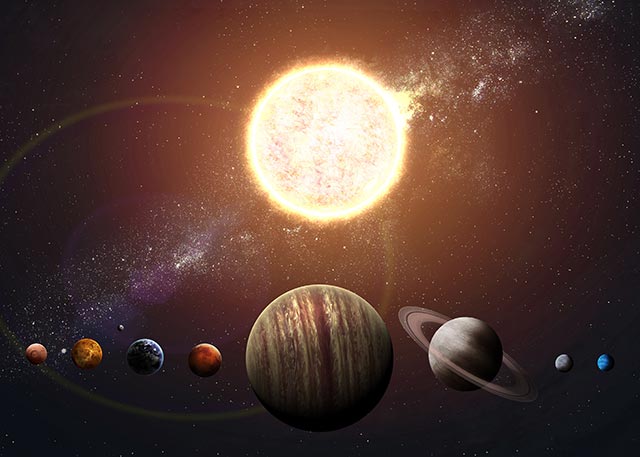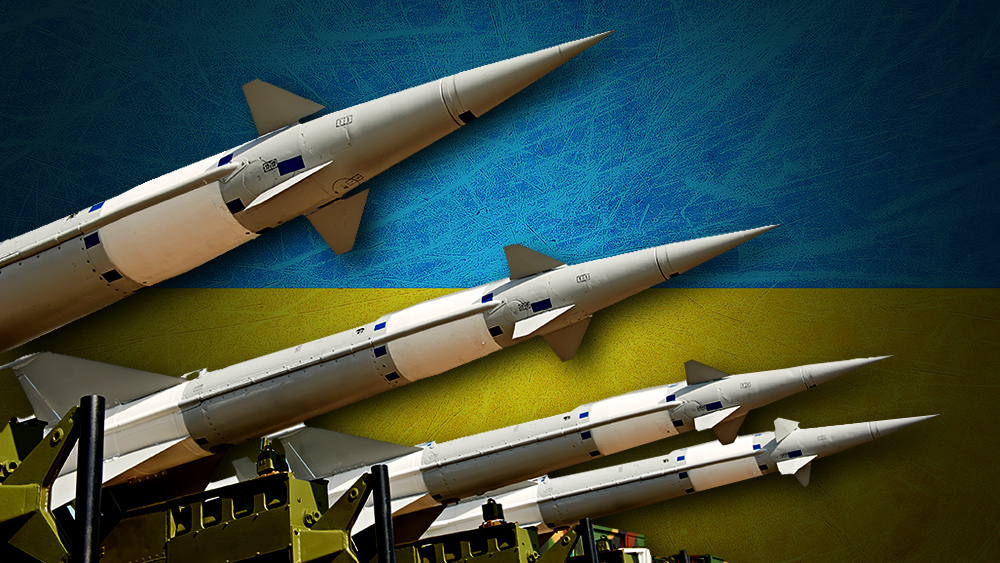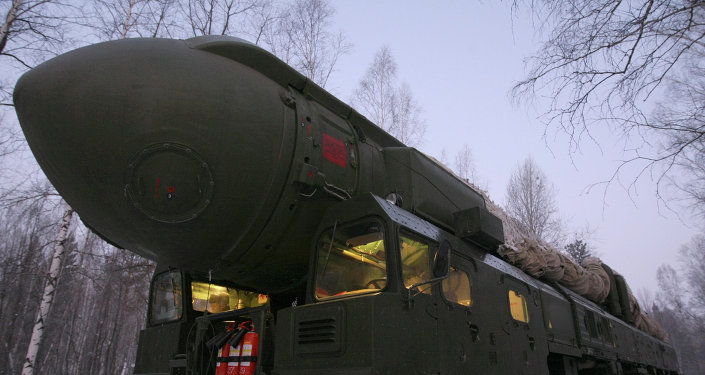China planning to ANNEX SPACE, control the moon
03/15/2024 / By Ethan Huff

The race is on to construct the first-ever moon base, and communist China, with the help of Russia, is planning to win.
If successful, China’s moon base could render Earth’s “nightlight” off limits to all other nations, including the United States. In essence, the moon would be owned by China.
China not only wants the moon under its control: It also wants to annex parts of the solar system. This is a possibility as well if China becomes the first nation to establish a base on the moon.
According to Richard Fisher from the International Assessment and Strategy Center, Chinese control of the moon would also give China control of Cis-Lunar space, meaning the portion of open space between Earth and the moon.
“Control of Cis-Lunar space would give a country the ability to shoot down or otherwise disable deep-space satellites, which are essential for, among other things, the early warning of ballistic missile attacks,” warns the Gatestone Institute.
(Related: There are circulating rumors that China is also planning to annex the United States.)
Russia and China building shared moon base
Recognizing all of this to be true, Russia has been working closely with China to develop a joint moon base that both countries would have access to and control. Talks of this ramped up in 2021 while the world was distracted by the Wuhan coronavirus (COVID-19) “pandemic.”
At the height of the “pandemic,” Roscosmos, Russia’s space agency, partnered up with the China National Space Administration to build a shared moon base to be called the International Lunar Research Station.
“Today, we are seriously considering a project to deliver to the moon and mount a power reactor there jointly with our Chinese partners somewhere between 2033 and 2035,” announced Yury Borisov, CEO of Roscosmos, on March 5.
Because solar panels would not generate enough power for the planned installation, Russia and China are considering using nuclear power instead. Borisov said the planned reactor can be built “without the presence of humans” and that it is “almost ready.”
The area of the moon where the shared Russia-China moon base installation would go is on the coveted south pole, which is in constant shade.
China first landed on the moon’s surface in 2013 when its Chang’e-3 put both a lander and a rover there. Chang’e-4, a second lander that arrived on the moon in January of 2019, has reportedly been gathering information over the past several years about the best spot for establishing a permanent base.
In 2025 and 2026, China is planning to launch large, reusable rockets built by state-owned China Aerospace Science and Technology Corp. to the moon. By 2030, China hopes to land a human on the moon.
All of this is bad news for the West, which could find itself locked out of space for good if Russia and China succeed at this endeavor. In 2017, Ye Peijian, the then-head of China’s lunar program, warned his country that if it is not the first to succeed at annexing the moon, the West would win and lock them out of space.
“The universe is an ocean, the moon is the Diaoyu Islands, Mars is Huangyan Island,” Ye said.
“If we don’t go there now even though we’re capable of doing so, then we will be blamed by our descendants. If others go there, then they will take over, and you won’t be able to go even if you want to.”
Reading between the lines, Ye was basically saying that he considers the moon to simply be an island of the world, and that China has the ability to claim it first as its own sovereign territory.
Sources for this article include:
Submit a correction >>
Tagged Under:
annex, China, communist China, cosmos, moon, national security, Space, Space Race
This article may contain statements that reflect the opinion of the author
RECENT NEWS & ARTICLES
COPYRIGHT © 2018 MILITARYTECH.NEWS
All content posted on this site is protected under Free Speech. MilitaryTech.news is not responsible for content written by contributing authors. The information on this site is provided for educational and entertainment purposes only. It is not intended as a substitute for professional advice of any kind. MilitaryTech.news assumes no responsibility for the use or misuse of this material. All trademarks, registered trademarks and service marks mentioned on this site are the property of their respective owners.




















